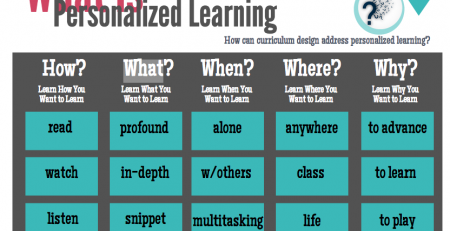Motivating Reluctant Students

We are very lucky in our industry to say that the majority of our students are passionate, driven and truly want to make the world a better place. What an amazing job we have! And then there’s the occasional resistor. Whatever the reason, they aren’t interested or engaged and you find yourself banging your head on the wall trying to figure out how to get through to them and get them excited about their future.
Having an unmotivated student can undermine the morale of the entire class, and it certainly saps your energy, so the ‘weakest link’ in the bunch is as important as the star pupil. Here are some things to think about as you encounter challenges in motivating your resistant student.
What is ‘Motivation?’
Strictly speaking, motivation is ‘the reason or reasons one has for acting or behaving in a particular way’ or ‘the general desire or willingness of someone to do something.’ So this being said, as educators we need to think about the ‘reasons’ the student is reluctant or unengaged and what their ‘desire’ is. If someone is unmotivated, by definition they haven’t been given a reason to act and are unwilling to take action.
Lead Positively
The traditional method of giving a student a reason to act were negative reactions to their lack of motivation – failing the student, giving them a poor grade or otherwise punishing them for their failure to engage. Research behind educational methods indicate that teaching methods focusing on giving students reasons to be engaged during the process can be more effective than threatening an unsavory outcome if they choose to remain indifferent.
Tap Into Enthusiasm
Even the student that seems unreachable will have some measure of enthusiasm. The question is: For what? To overcome obstacles in the learning process, it’s important to identify where their passion is and help them draw corollaries to additional subject matter. Look for activities, actions, discussions and subjects that stimulate them and lead them into action.
Vary Your Methods
The younger generation respond to different types of material than previous graduating classes. Utilize different methods in presenting your curriculum so that you can appeal to different learning styles and apply what works for each group. One term you may find yourself tapping into the video archives showcasing some advice from industry leaders to spur the students into action and other terms you may host more discussion groups and team projects.
Discover Individuality
Just as you have a varying degree of motivation in the classroom, you’ll have a diverse range of competence across different subjects. Establishing competence for each student in each topic is the holy grail of education and can be difficult, however as human beings training other human beings it is our job to also establish emotional competence to nurture their sense of accomplishment and drive them to become more engaged overall. That initial taste of success is often what a student needs to venture outside their comfort zone, both in and out of the classroom.









